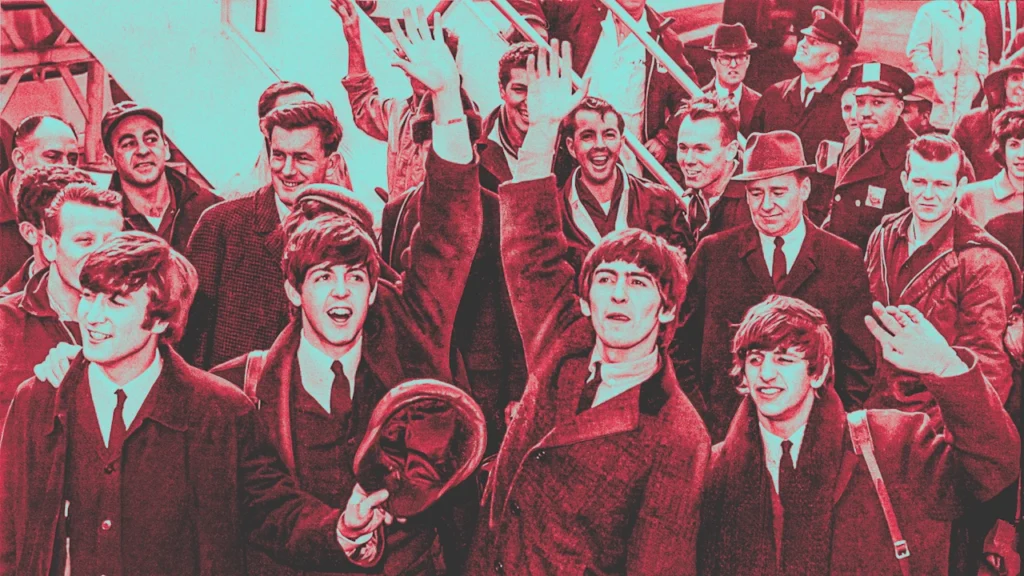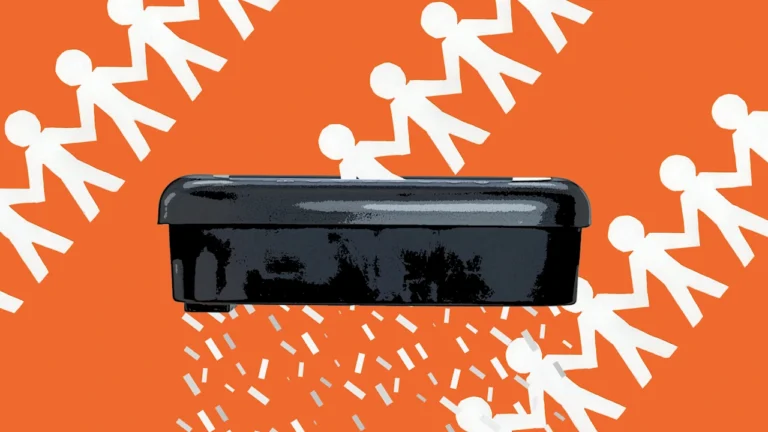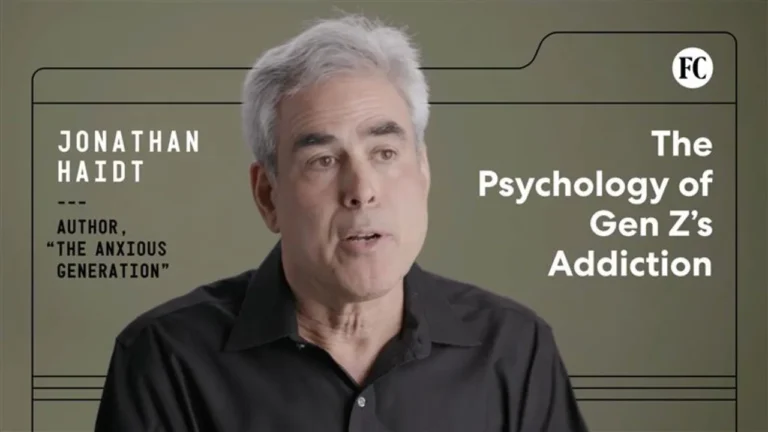
Let’s be honest: we’ve all got that one celebrity, influencer, or podcast host who lives rent-free in our heads. You know their dog’s name, their morning routine, their trauma story, and their oat milk brand of choice. You might even find yourself defending them in comment sections like they’re your actual friend.
Congratulations, you’ve formed a parasocial relationship. For those who aren’t as active on social media, that’s a one-sided bond we form with people we don’t actually know.
And while these connections can sometimes sound a little delusional, here’s the twist: they’re not all bad. In fact, parasocial relationships can meet some very real psychological needs. Where it gets dangerous is when you start to forget where the screen ends and real life begins.
What’s a parasocial relationship anyway?
Sociologists Donald Horton and Richard Wohl coined the term in the 1950s. Parasocial relationships describe the illusion of intimacy audiences feel toward media personalities. Back then, it was people writing fan letters to their favorite TV hosts. Now, it’s me crying in sync with a YouTuber’s breakup vlog or feeling like I know my favorite podcaster personally.
On a neurological level, this makes sense. After all, our brains don’t perfectly distinguish between real and mediated (through a screen) interaction. When someone looks into the camera and speaks directly to you, your mirror neurons light up just as if you’re talking to them face-to-face.
This is why parasocial relationships can feel genuinely comforting. They activate the same circuits of familiarity and trust as real friendships. And in an increasingly disconnected world, that comfort definitely counts for something.
The surprising benefits of one-sided bonds
1. They can buffer loneliness
During lockdowns, many of us maintained a sense of social connection through our favorite online creators. Studies show parasocial relationships can actually reduce feelings of isolation and even improve mood regulation, especially when people lack strong offline networks.
2. They model vulnerability and emotional expression
Watching creators openly discuss anxiety, grief, or trauma can normalize emotional honesty and destigmatize speaking about challenges like mental health. This helps us feel seen in our own mess. We can tell ourselves, “Okay, I’m not the only one falling apart on a Wednesday.”
3. They inspire growth
A parasocial connection can serve as a mirror. It can show you the kind of energy, confidence, or values you want to embody. This is why certain influencers become aspirational figures. As long as you keep awareness intact, these relationships can spark genuine motivation.
When parasocial relationships turn dangerous
It is worth noting, however, that there is a very thin line between “inspired” and “attached” is thin. And unfortunately, powerful algorithms are built to blur it.
These algorithms reward creators for being relatable, which means sharing enough personal details to make you feel like you’re in their inner circle. That emotional intimacy creates loyalty, engagement, and ultimately, a chance for monetization.
This isn’t inherently evil, but it can distort our sense of reciprocity. You might start to feel like this person owes you honesty, consistency, or moral perfection. And when they slip up (as humans inevitably do), the disappointment can feel personal—like a friend’s betrayal.
These one-way relationships can also subtly erode our capacity for deeper real-world intimacy. When we satisfy our social cravings with curated, low-risk digital connections, we stop practicing the messy vulnerability of actual human contact, the kind that requires our patience, discomfort, and presence.
The psychology behind the pull
Parasocial attachment is driven by the same neural systems that govern all bonding. Dopamine fuels the anticipation of new posts or updates. Oxytocin, the “bonding hormone,” spikes when we watch someone share emotionally or make eye contact with the camera.
But here’s the kicker: unlike reciprocal relationships, parasocial ones never demand anything of you. No commitment. No conflict. No compromise. No vulnerability. It’s a connection on your terms: all of the closeness, none of the interpersonal risk.
It’s no wonder our brains love it. Especially in a culture where real connection often feels draining, these one-sided bonds offer safe (and lazy) intimacy; it’s like a form of social snacking. The problem is that snacks, while comforting, don’t nourish us long-term.
So where do we draw the line?
Here’s the thing: you don’t need to quit parasocial connections. You just need to bring consciousness to them. Try this quick self-check by asking yourself a series of questions. Are you replacing or complementing real-world connections? If your closest relationship is with someone who doesn’t know you exist, it’s time to recalibrate. Do you feel possessive or reactive when your favorite creator posts (or doesn’t)? That’s a sign of emotional overinvestment and might be a sign to step back and reanchor.
Lastly, figure out if their content is influencing your self-worth. If their wins make you feel inadequate, mute or unfollow for a while. Inspiration should energize you, not erode you.
How to keep a healthy parasocial relationship
Take the following steps to prevent a parasocial relationship from becoming unhealthy:
1. Diversify your social diet
Online creators can be a supplement, but real relationships are the main meal. Reach out to friends, join local groups, or talk to someone face-to-face.
2. Practice digital discernment
Notice the kind of creators you gravitate toward. Do they invite reflection and growth or feed comparison and self-doubt?
3. Set parasocial boundaries
No DMs. No stalking their partner’s feed. And definitely not forming an identity around being in a relationship with them of any kind.
4. Do regular connection audits
Once a month, ask: Who are the five people I feel most connected to right now? If you find that most of them are social media figures, it might be time to rebalance.
Parasocial relationships aren’t a glitch in modern life; they’re normal. And they act as a mirror, showing us what we crave—intimacy, belonging, inspiration. When you hold them consciously, they can even bridge moments of loneliness or offer glimpses of our better selves.
But the minute we start mistaking someone else’s content for actual closeness, we drift into illusion. That’s when we can confuse visibility for intimacy.
So by all means, keep cheering for your favorite podcaster and cry with your comfort YouTuber. Just make sure you’re also tending to the relationships that see all of you—not just your username–because they’re the ones who will keep you grounded in what’s real.


